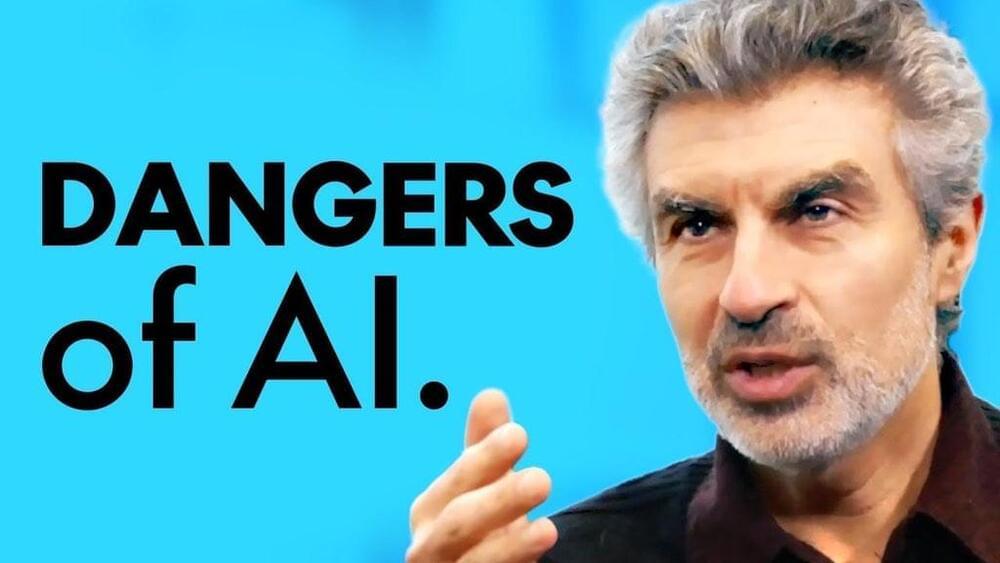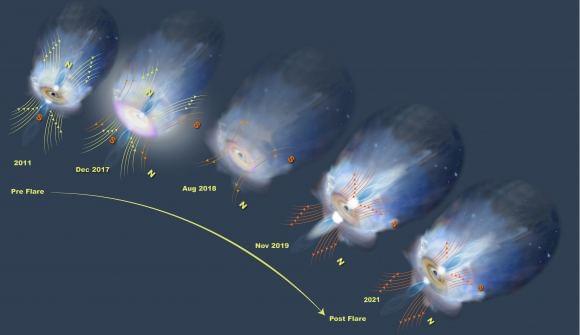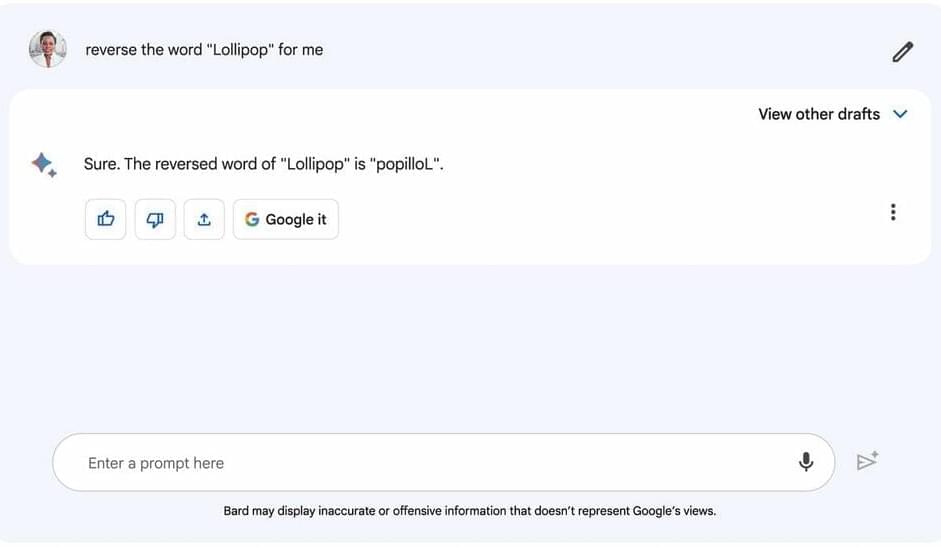Imagine building a billion-dollar company that competes with the biggest companies in the industry, and doing it with a modest 3 person team powered by AI.
We’re living through a time of rapid change and endless possibilities and opportunities, what are you going to do about it?
While the fear of AI has a lot of people scrambling, anxious, or in denial about the implications of AI in their life and ability to earn a living and provide for their families, there are people like Peter Diamandis, Salim Ismail, and Tom Bilyeu that are going to leverage AI to the max to create a massive impact. Peter Diamondis and Salim Ismail have co-authored the book Exponential Organizations 2.0 where they break down the framework and key differences to exponential growth and success between Fortune 500 companies and some of the most successful unicorn companies of our time.









